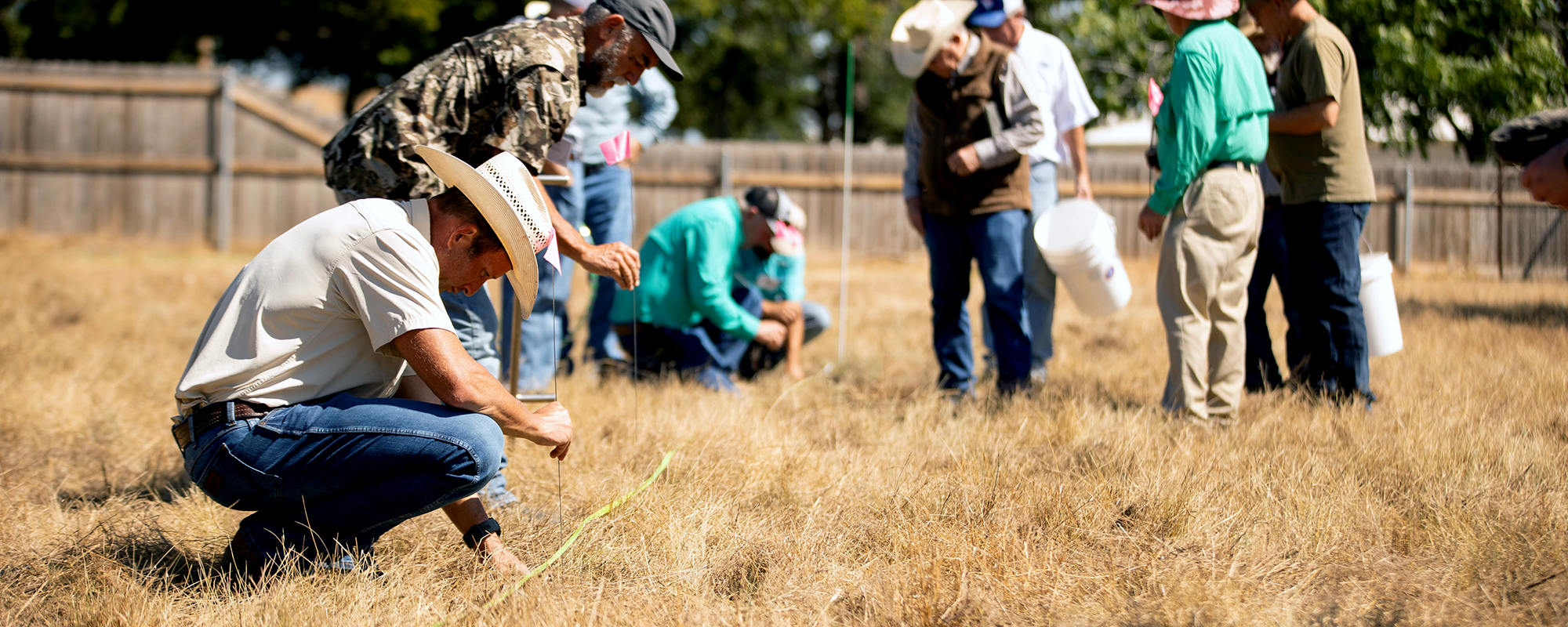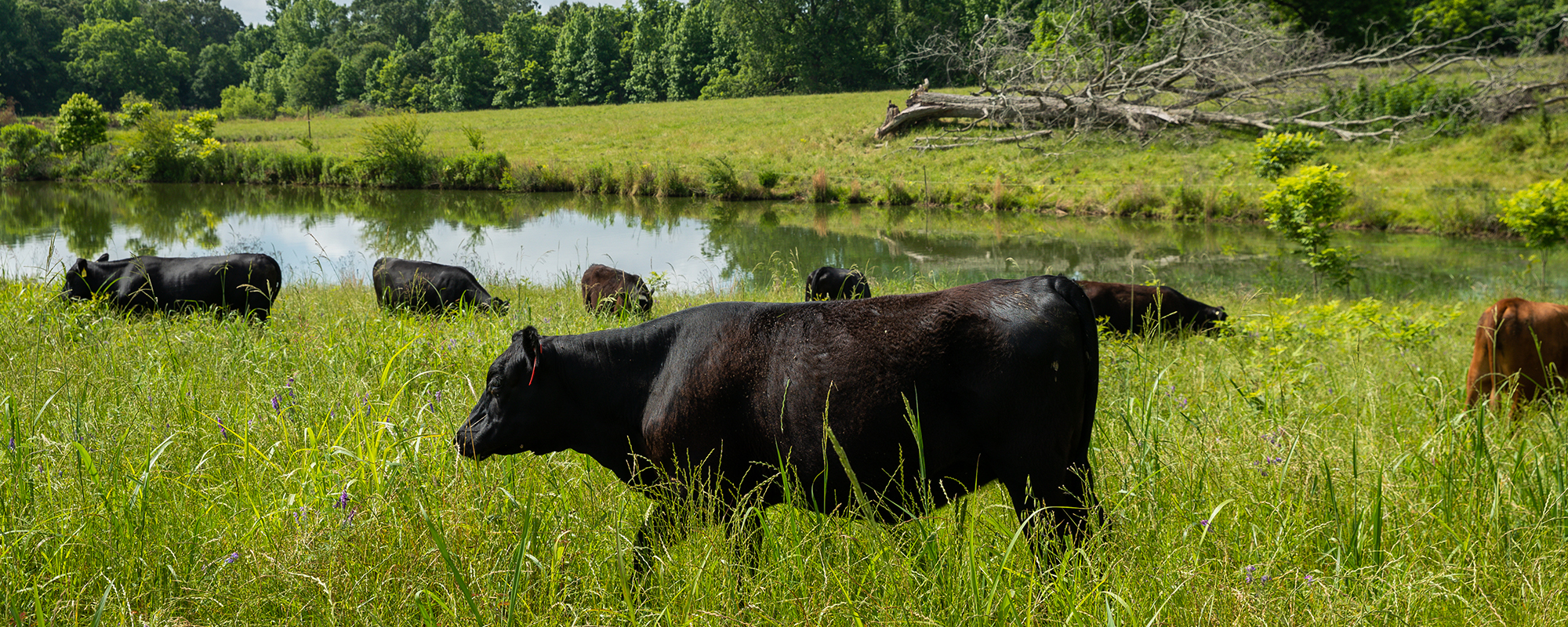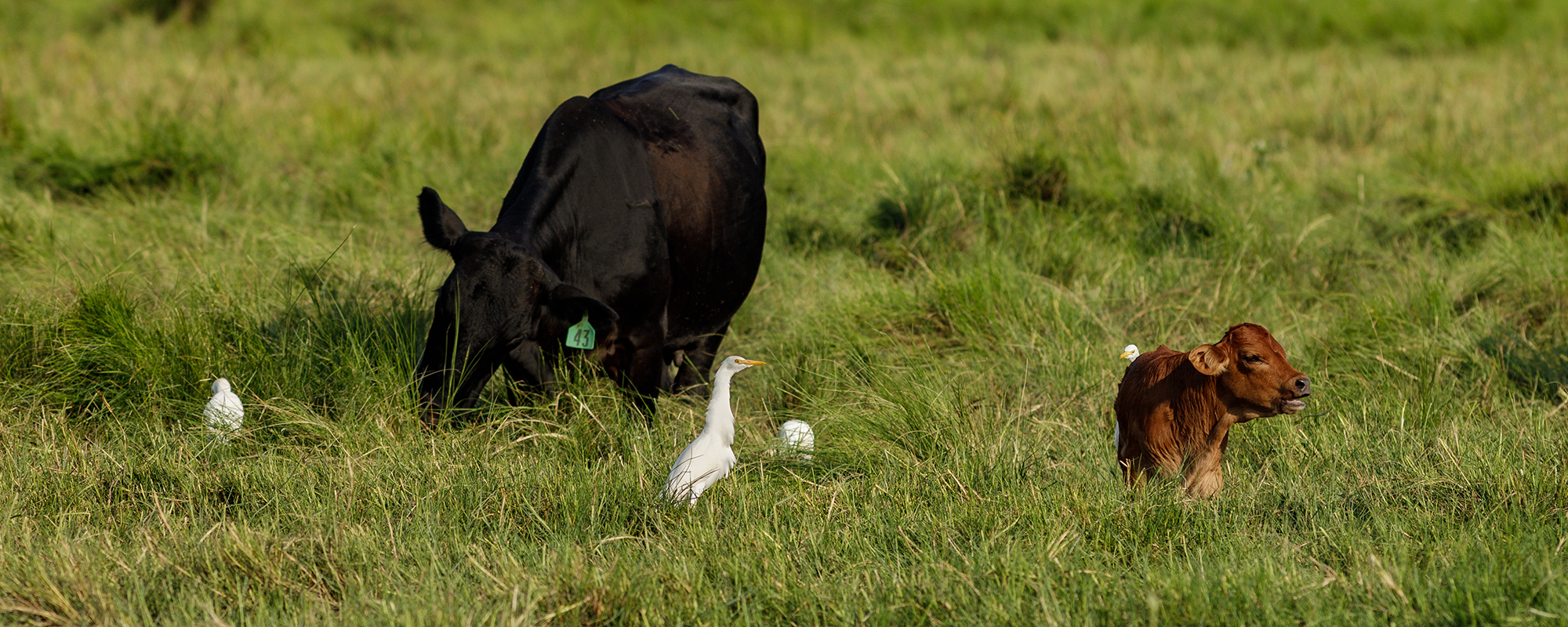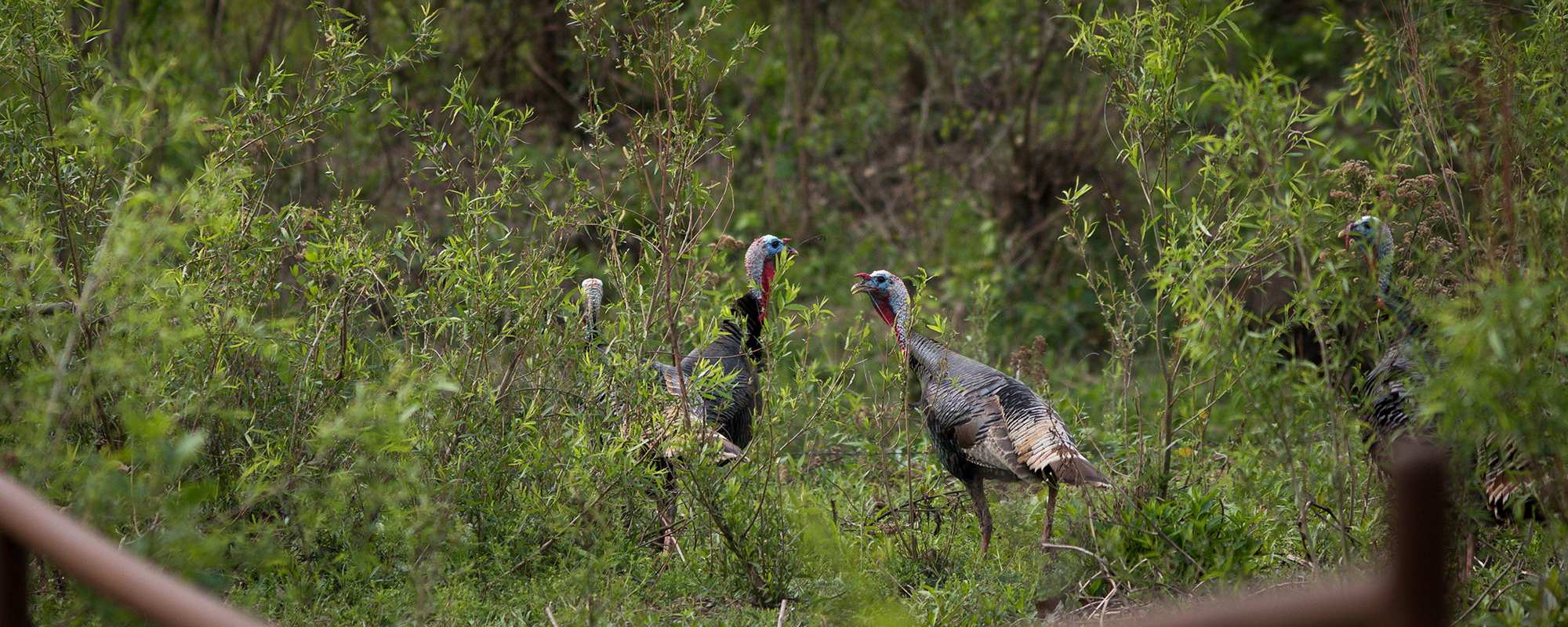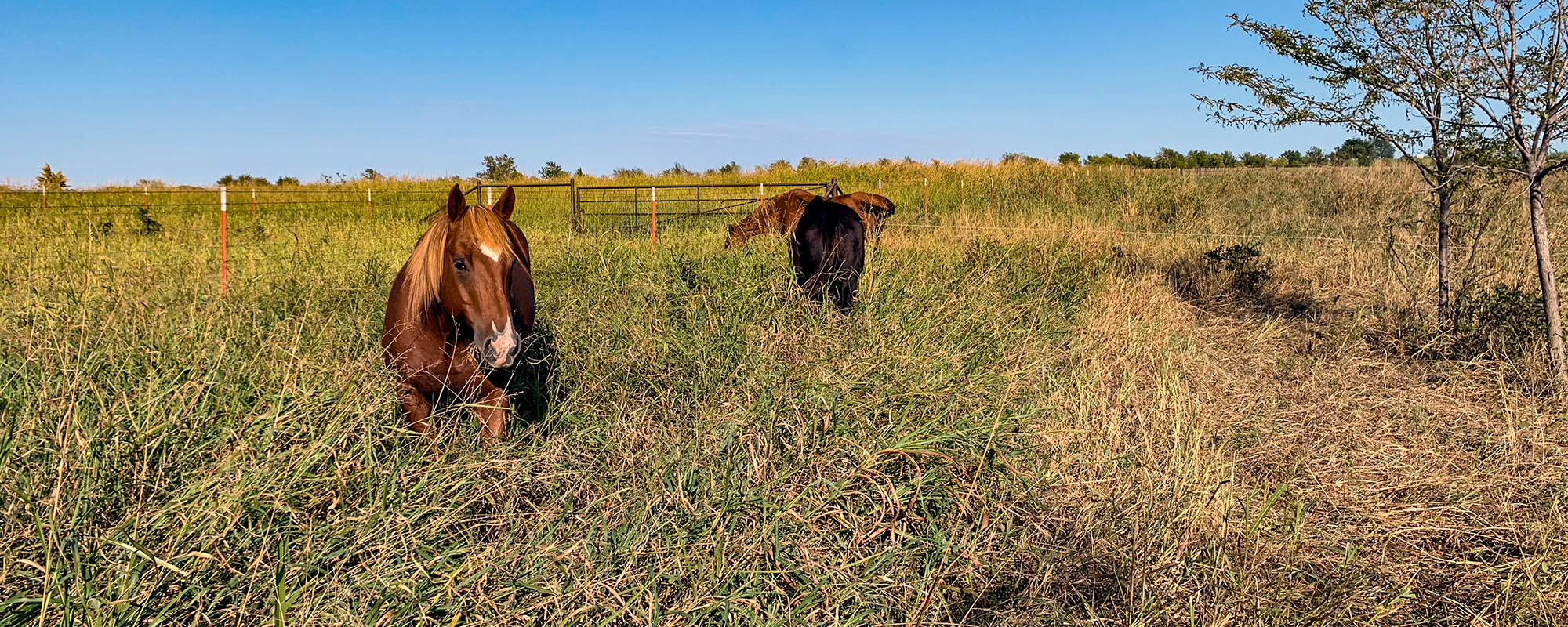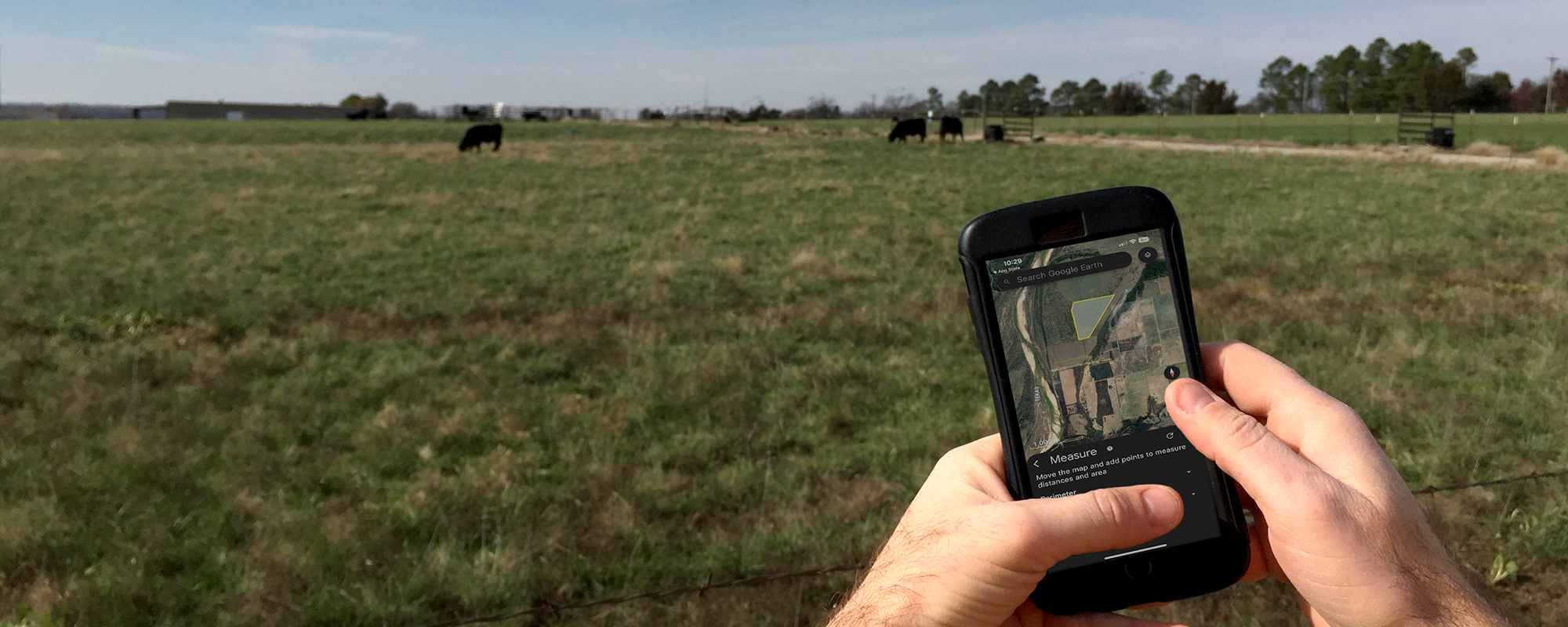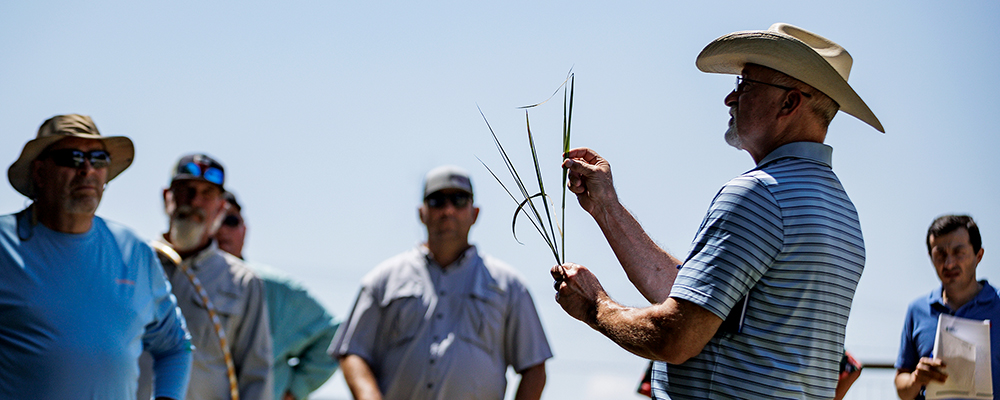New item for spring to-do list: Set up a monitoring site to measure regenerative progress on your ranch
It doesn’t take long to set up a transect or single site to benchmark and track improvements in soil and pasture health. Here are tips of what to monitor, record and use to reach your goals.
